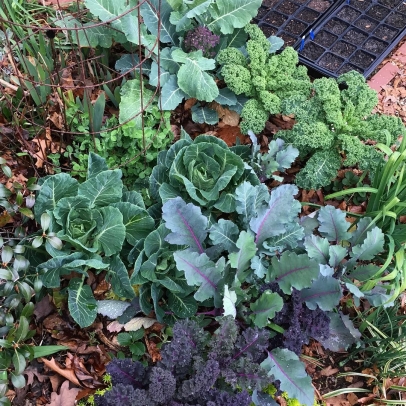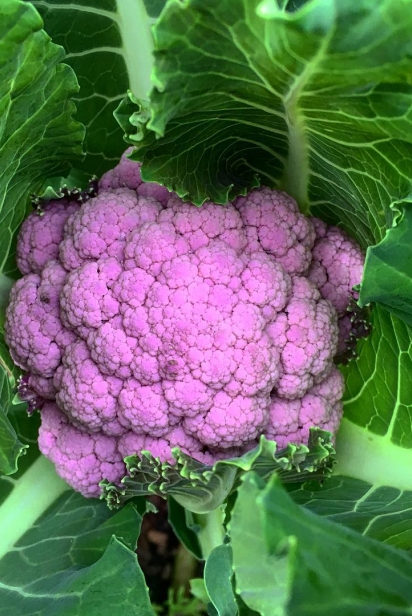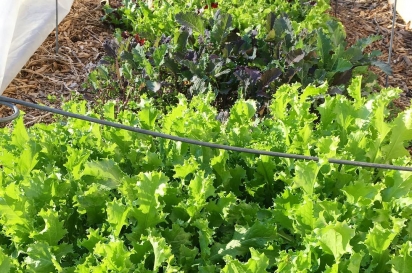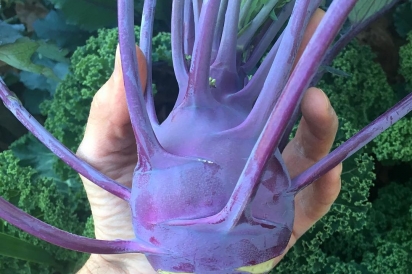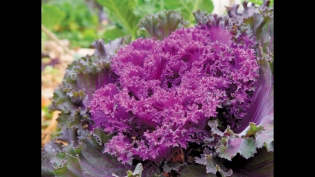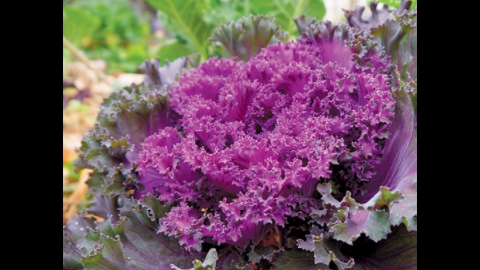What You Should Be Doing Right Now To Get Your Winter Garden Ready
Yes, it’s still blazing hot outside. If the past few winters are any indication, you can expect it to remain fairly warm all the way into the winter holiday season too.
However, that doesn’t mean you should plan to have a garden full of tomatoes and peppers when Santa comes to visit. It certainly doesn’t mean you should let your garden lay fallow for the cool months either.
When we first started gardening, we only thought of it as a warm season activity. Over the years, we’ve learned that we like cool/cold season gardening every bit as much as the spring and summer months—if not more. Unique varieties of cool weather produce straight from the garden taste amazing and are loaded with nutrition and flavor. For the past four years, not a single day has gone by when we haven’t harvested and eaten something from our garden. (Yes, that includes those cold spells when nighttime temperatures dipped into the single digits.)
If you want to start winter gardening, now is the time to get ready. Here are five tips to get you prepared for the season:
1. Pick season-appropriate plants. Choose frost and freeze-hardy seedlings from a garden center or seed supplier. Buying seedlings will give you a 4-6 week head start compared to starting from seed. However, starting from seed allows you to choose more unique varieties that you might like much better than the selection at a garden center.
2. Consider “days to maturity” of any variety you’re planting. If a variety of Brussels sprouts takes 100 days to mature, you don’t want to put those in the ground in December or the plants won’t have enough time to mature before deep freezes kill them.
3. Consider using “low tunnels” or other season-extending technologies (cold frames also work well for smaller growing spaces). Low tunnels work like a small greenhouse, trapping heat inside and adding a minimum of 5 degrees to the interior air temperatures. Any time it’s sunny and over 50 degrees, you’ll want to remove the tunnel covering so your cool weather-loving crops don’t get too hot. By using season-extending technologies you can get more food and more varieties over a much longer period of time.
4. Focus on soil health as the foundation of your garden. The simplest way to do this is by using high quality compost or worm castings in your garden beds instead of chemical fertilizers. Your goal is to build biologically active soil that is teeming with beneficial, microbial life. Those microbes feed your plants and cycle nutrients around the plants’ rhizospheres. They also protect your plants from pathogenic microbes. Additionally, they do some other nifty things like helping with soil water retention and transporting water to your plants beyond the reach of the plants’ root systems. Since they’re carbon-based lifeforms like you and I, they even have the potential to help take an enormous amount of carbon and other GHGs out of the atmosphere and keep them sequestered below ground. Yes, your garden can help with climate stabilization. Don’t worry: it’s not powerful enough to shorten your tomato growing season.
5. Our fifth tip is for gardening newbies or even green thumbs trying their hand at winter gardening for the first time: expect to make mistakes. In fact, welcome your mistakes, whether that’s dead plants or things that just didn’t work out quite like you’d hoped. Those trial and errors are ten times more valuable than never trying in the first place.
This year, when others are rushing to the grocery store to buy bread and milk before a 1” blizzard hits, all you’ll have to do is walk outside and harvest a basket of organic produce to tide you over until the snow thaws a few hours later.


